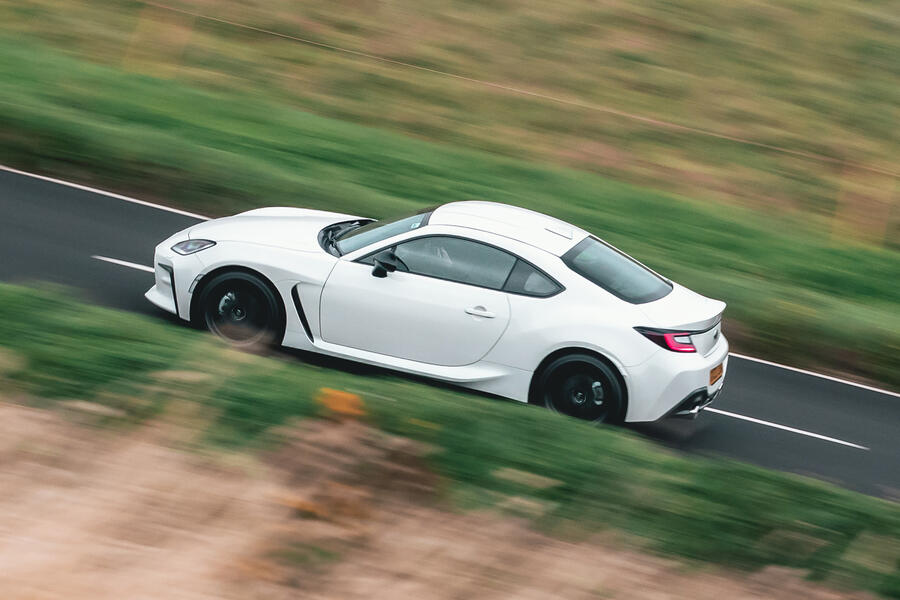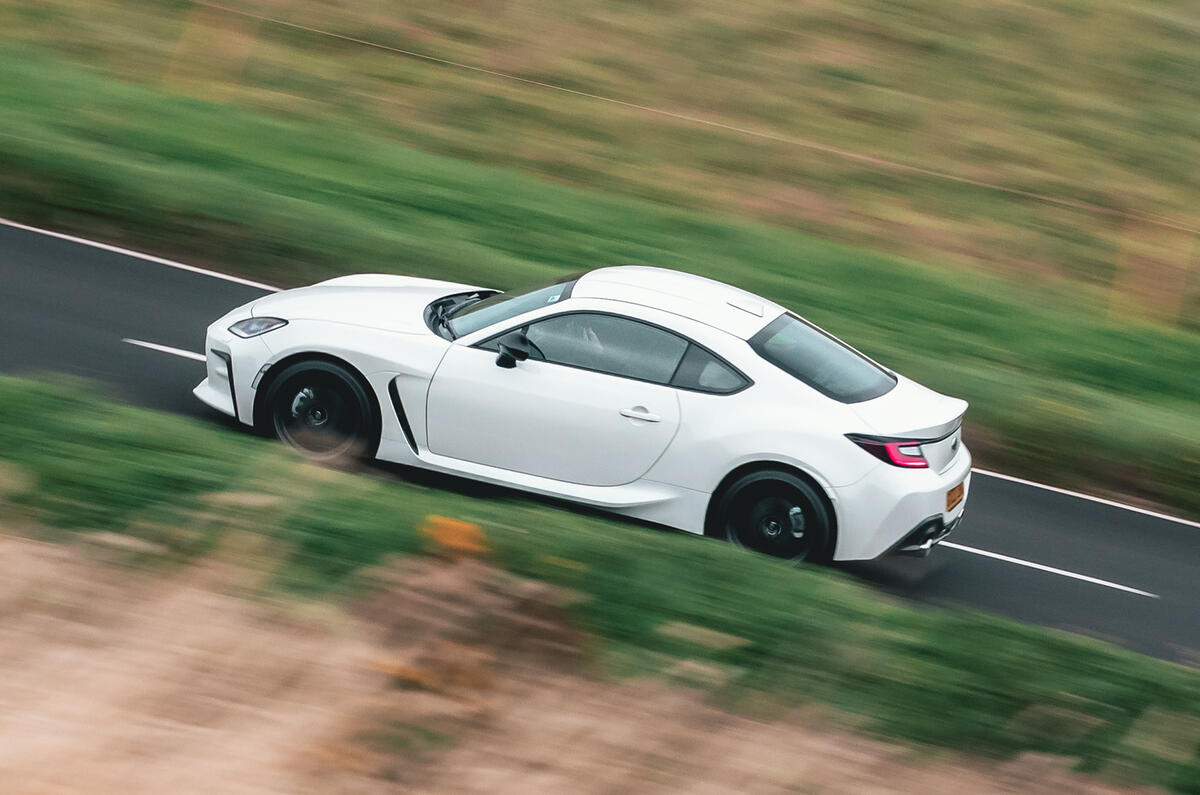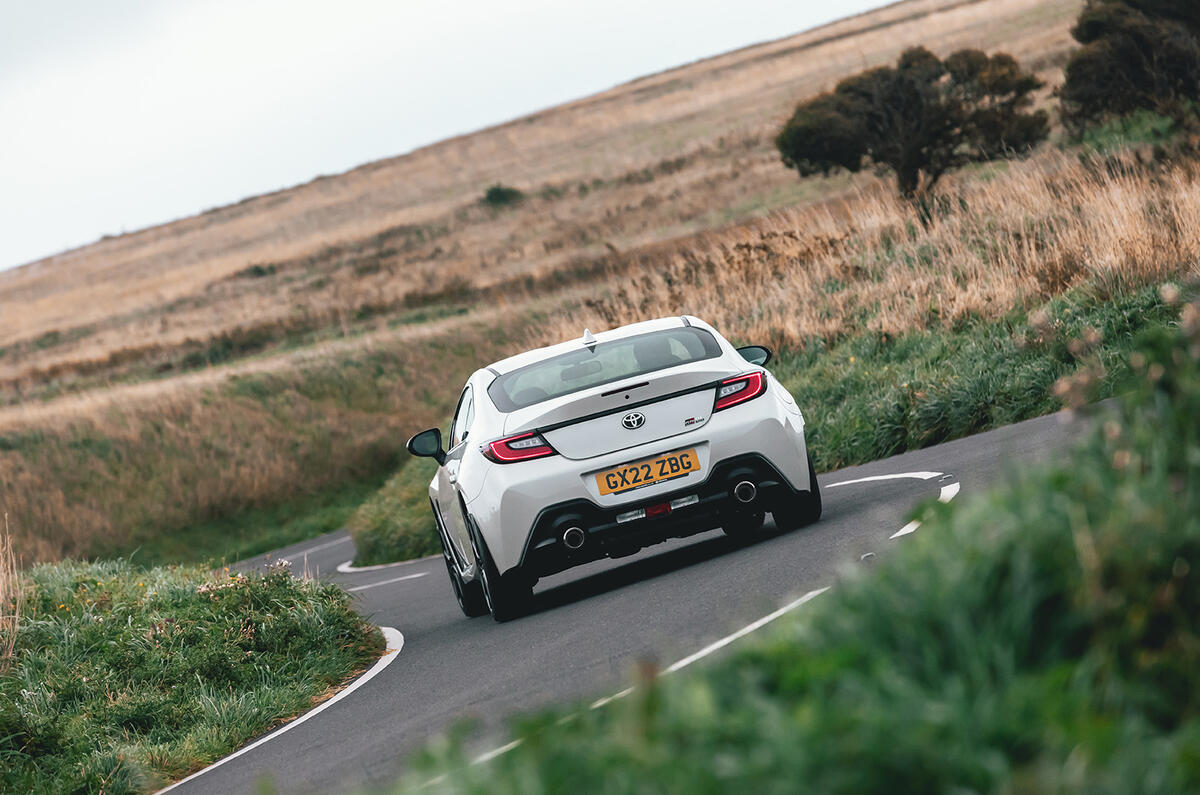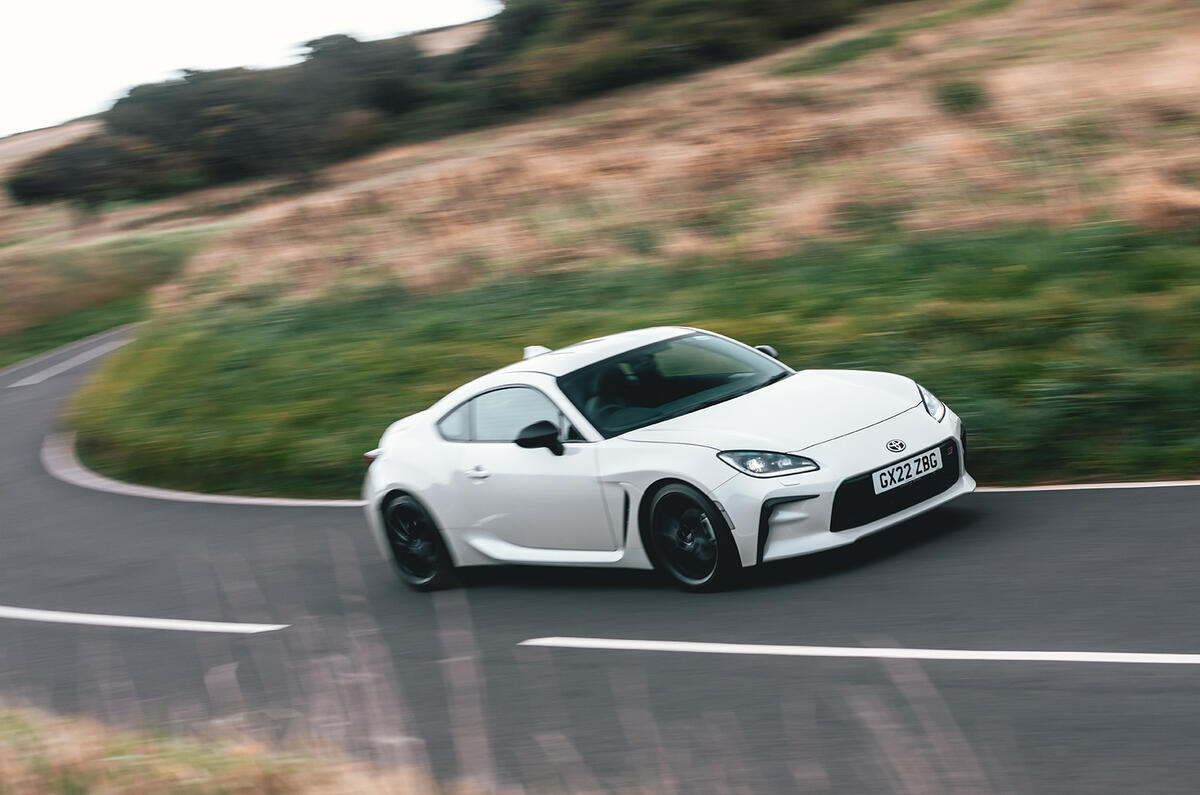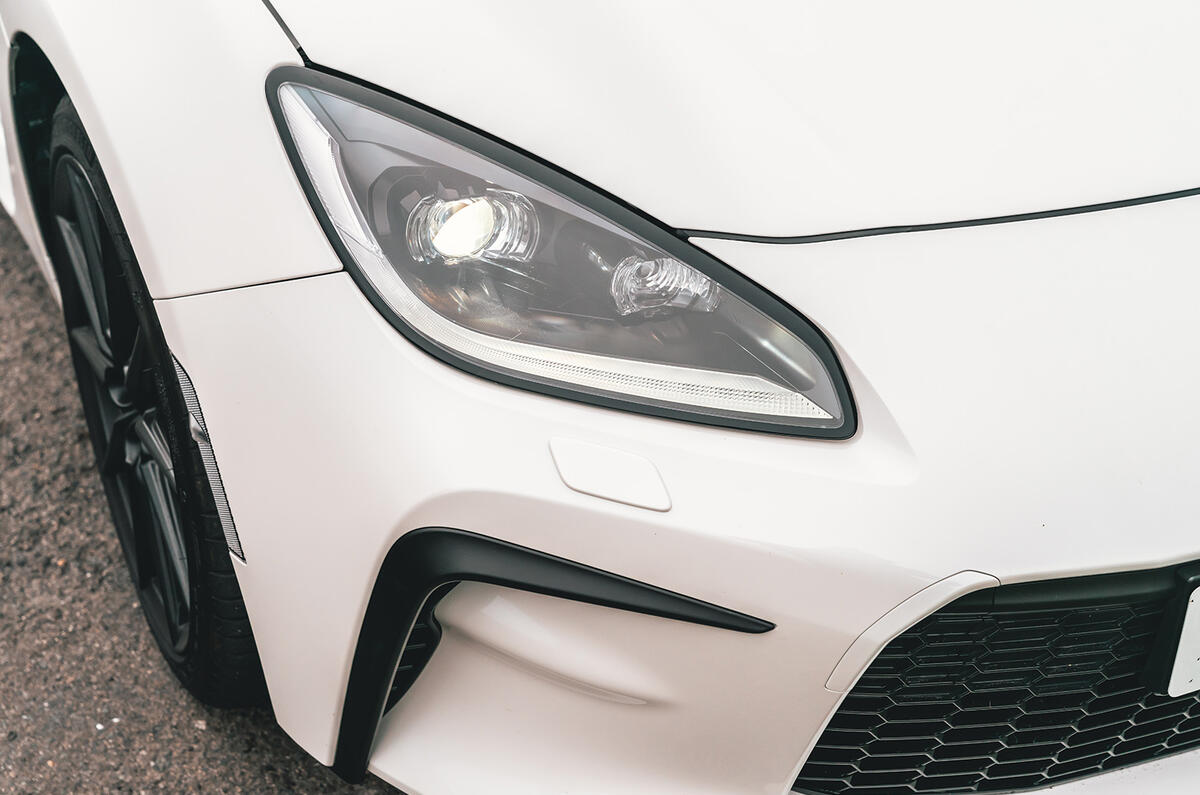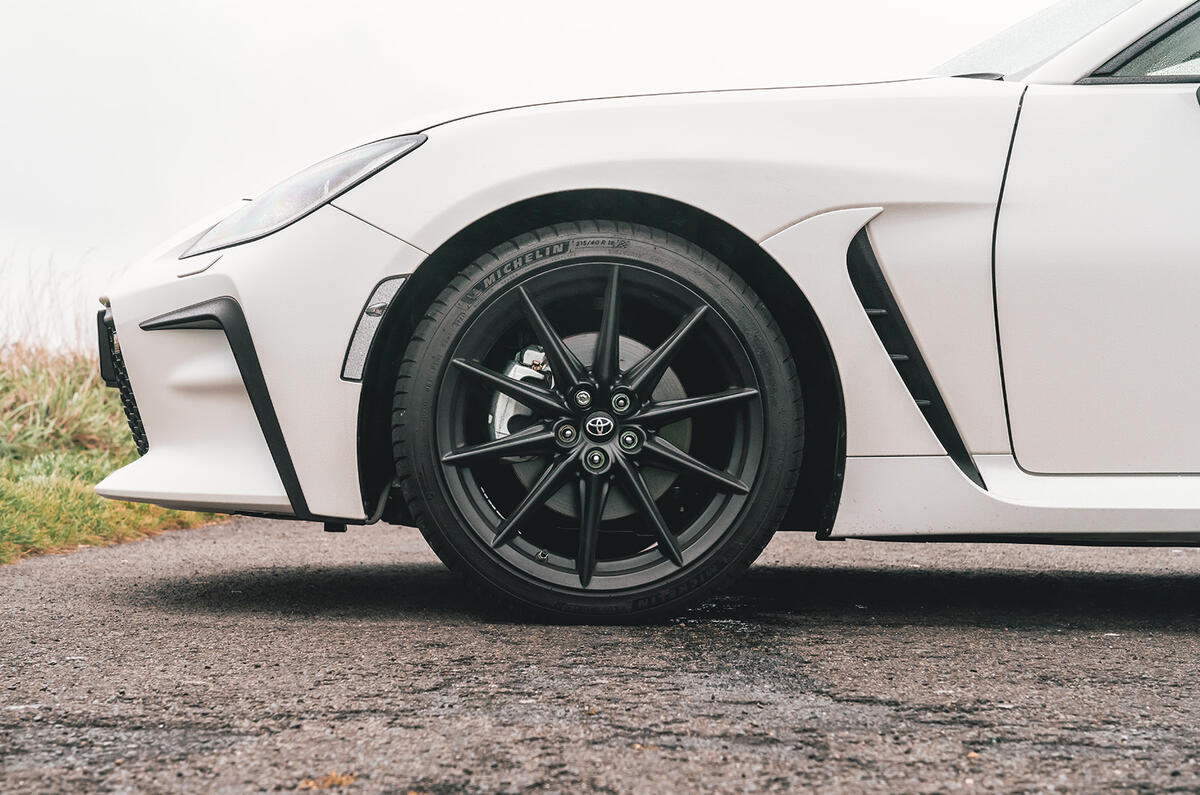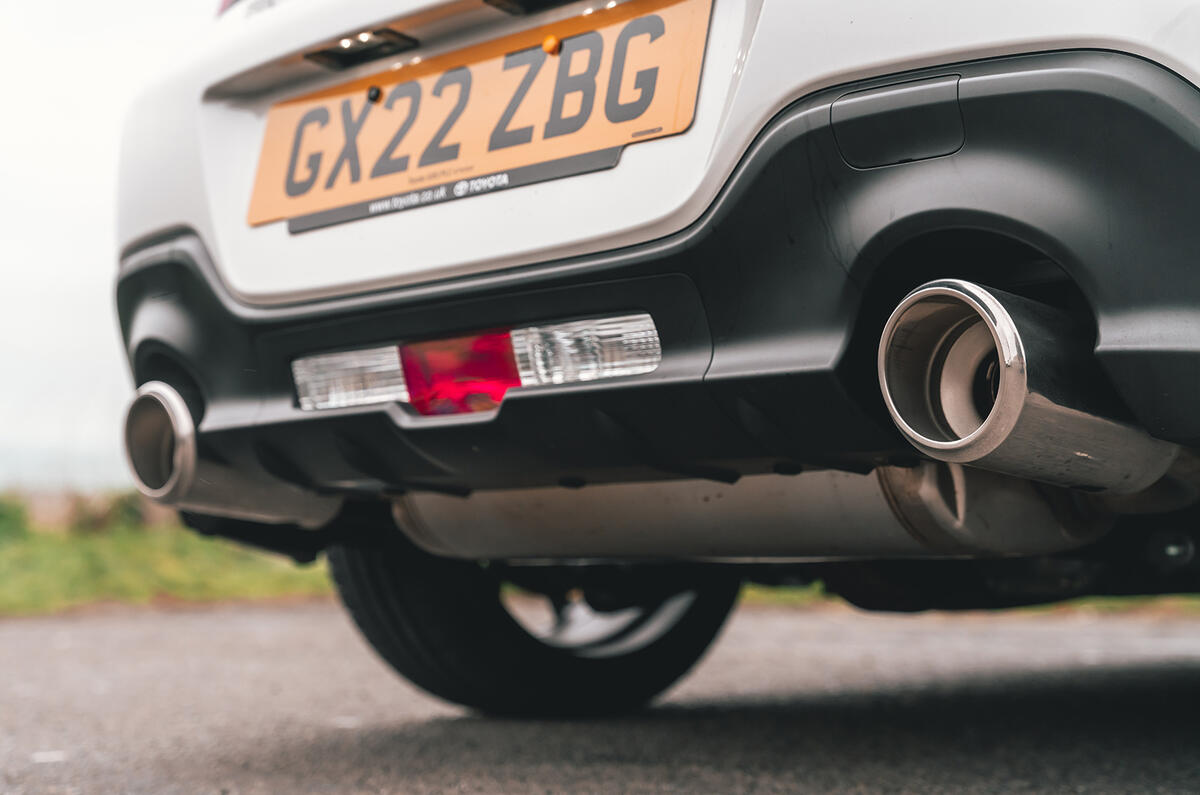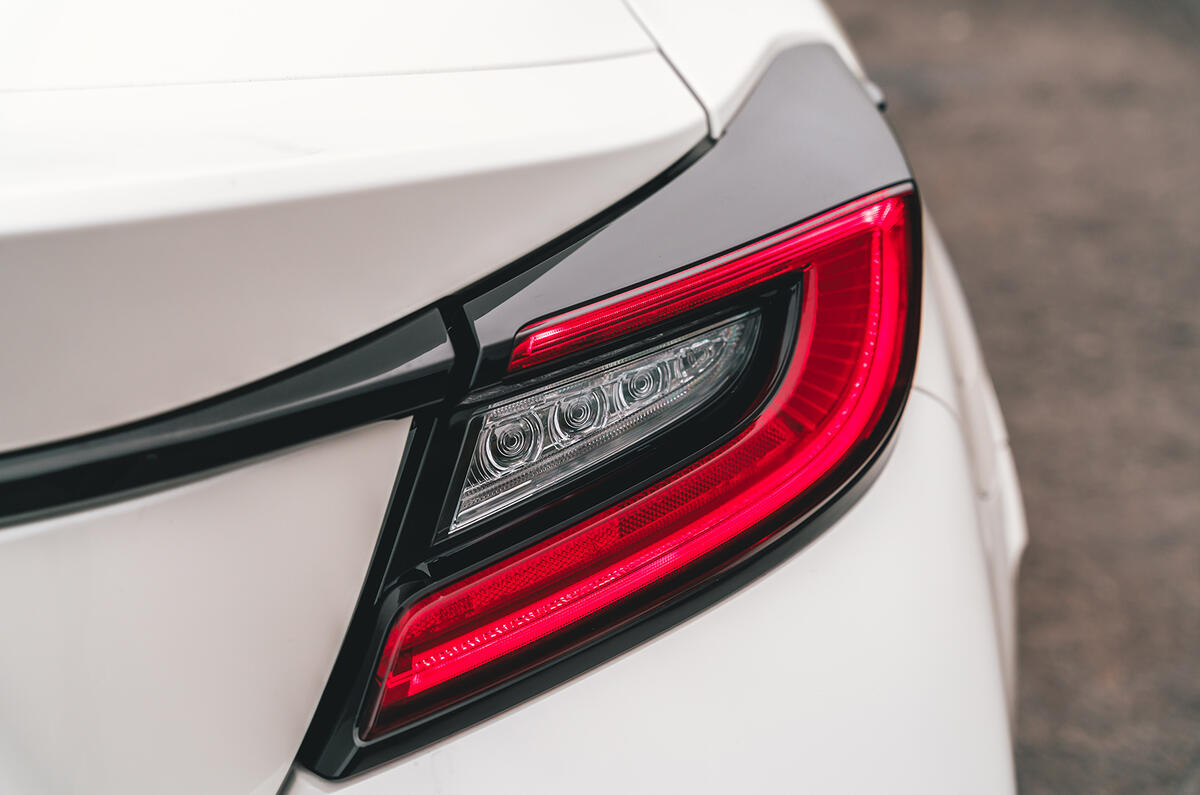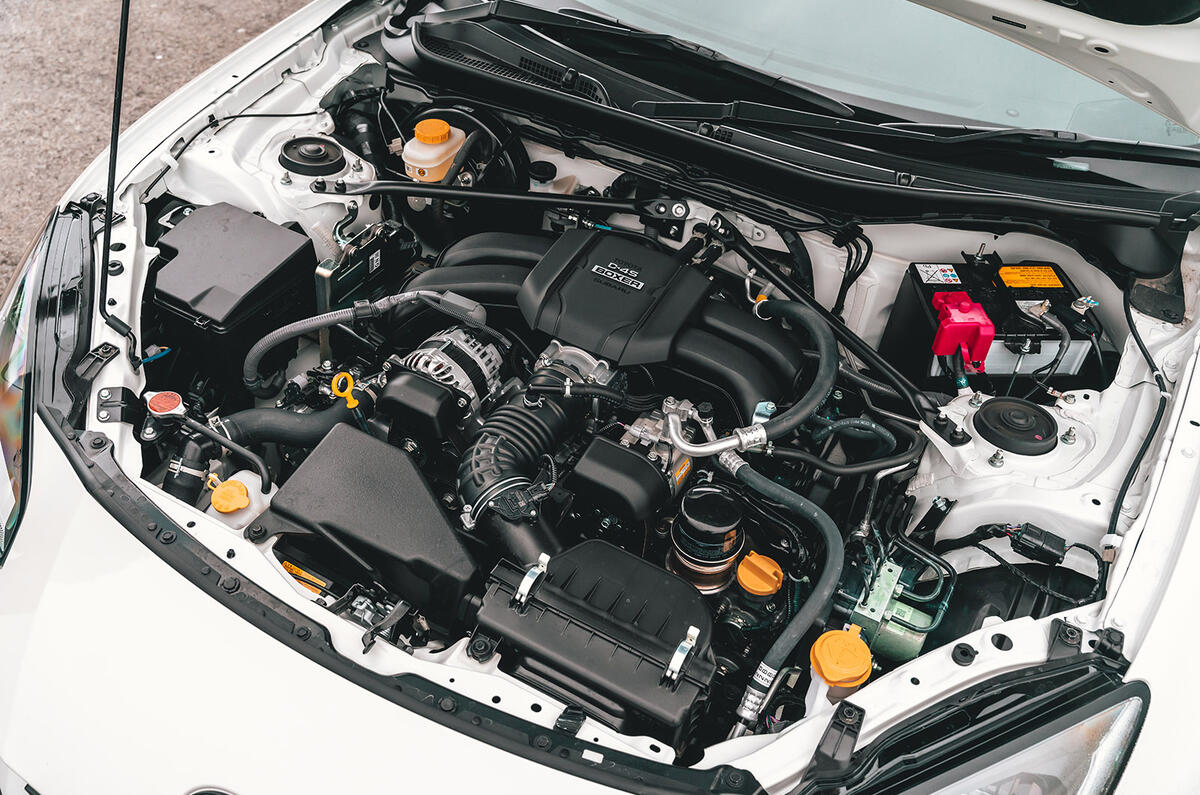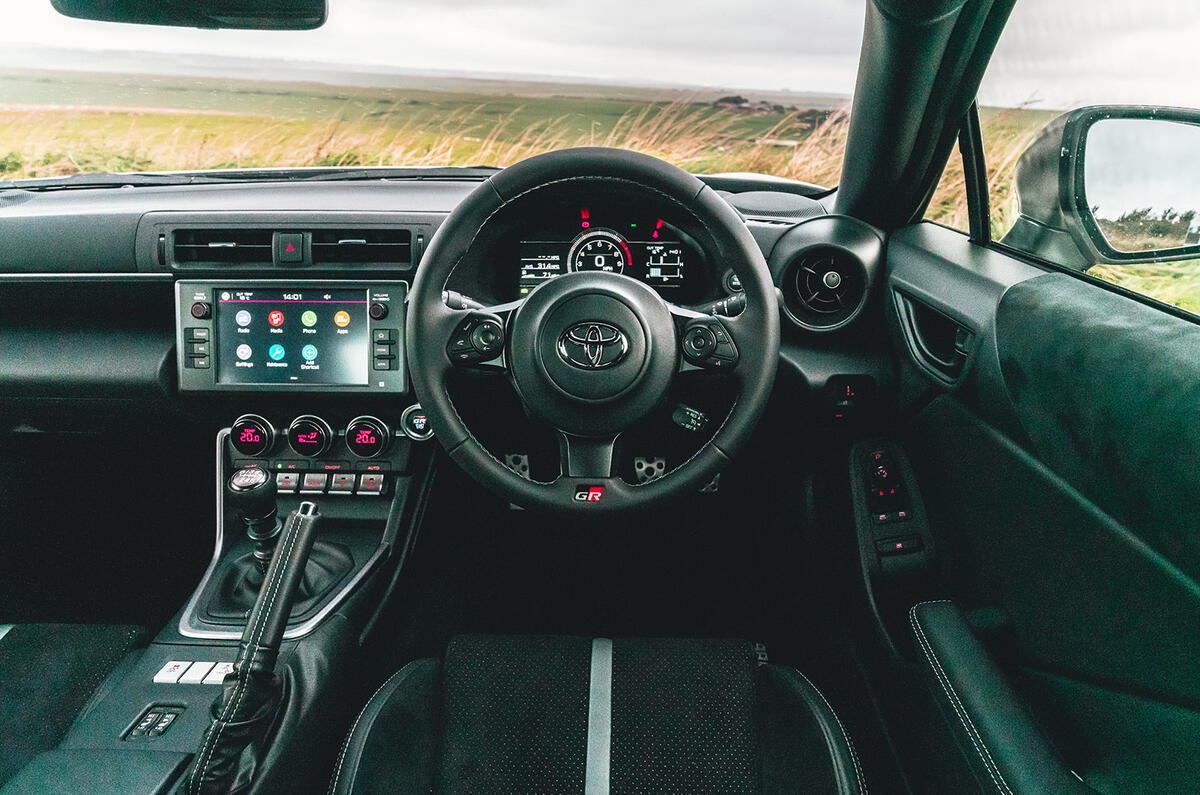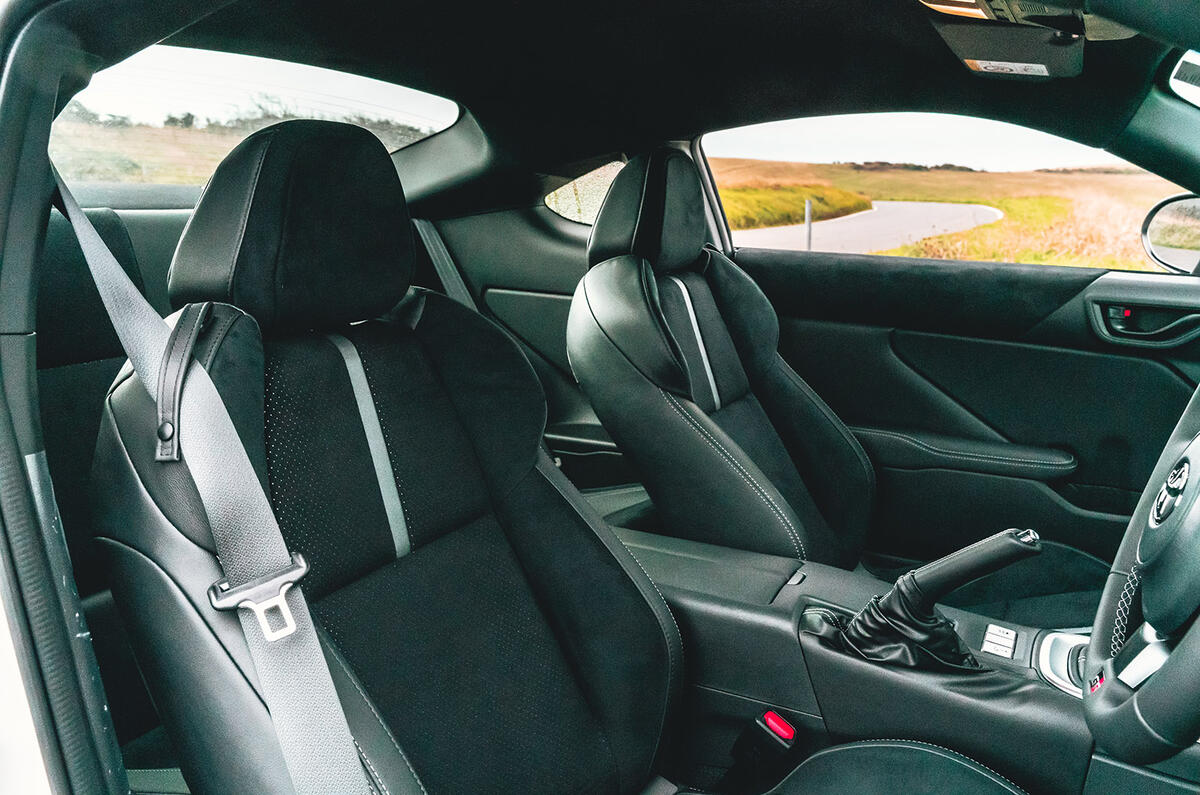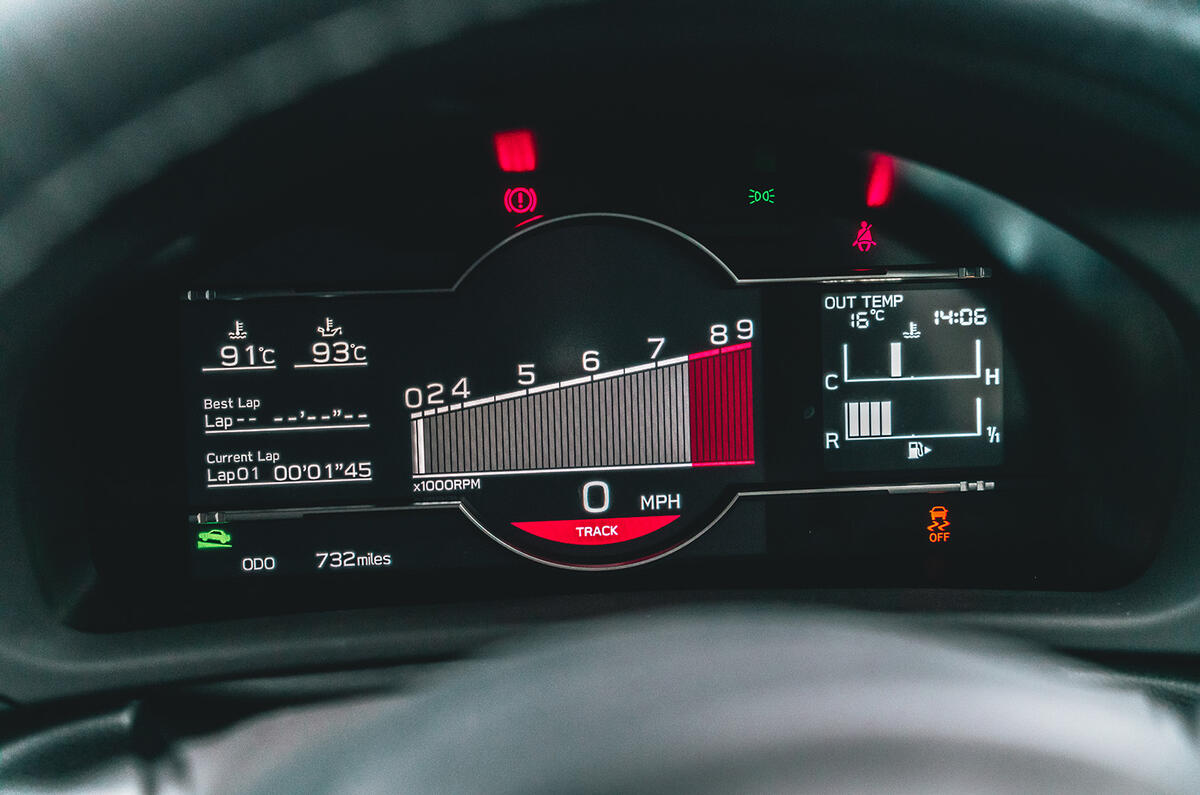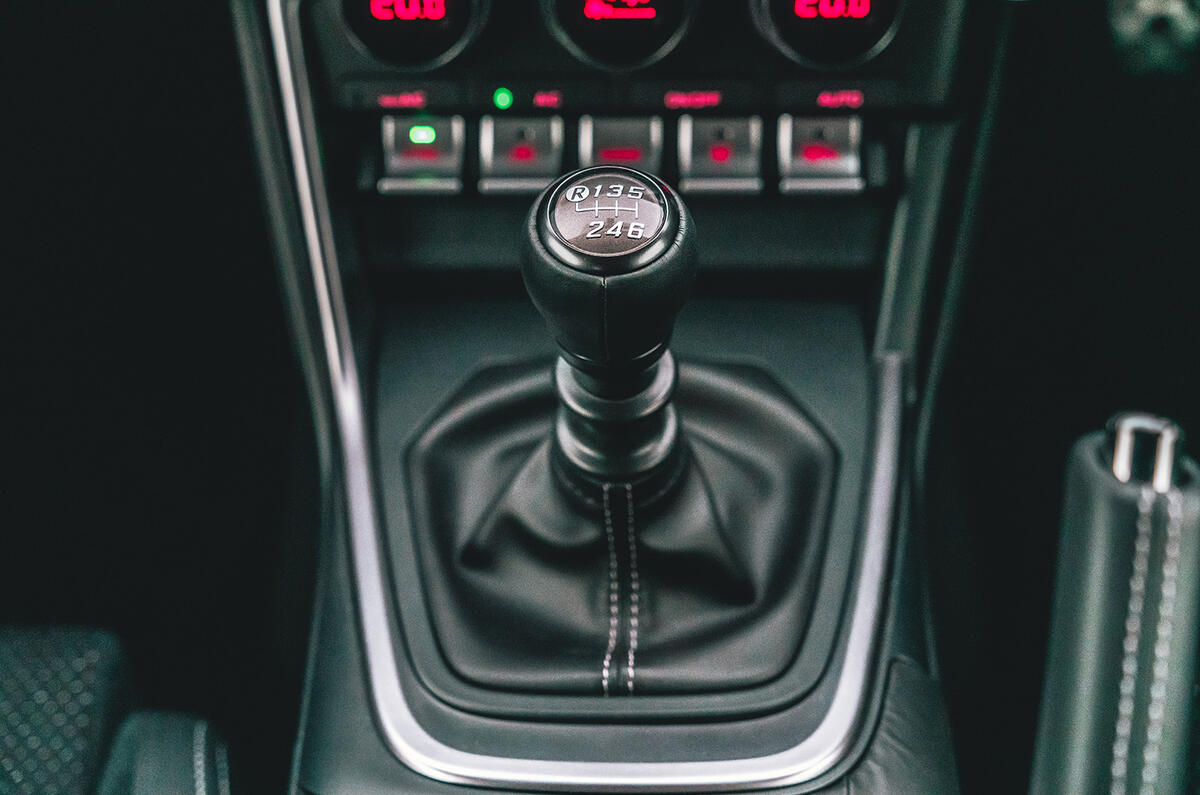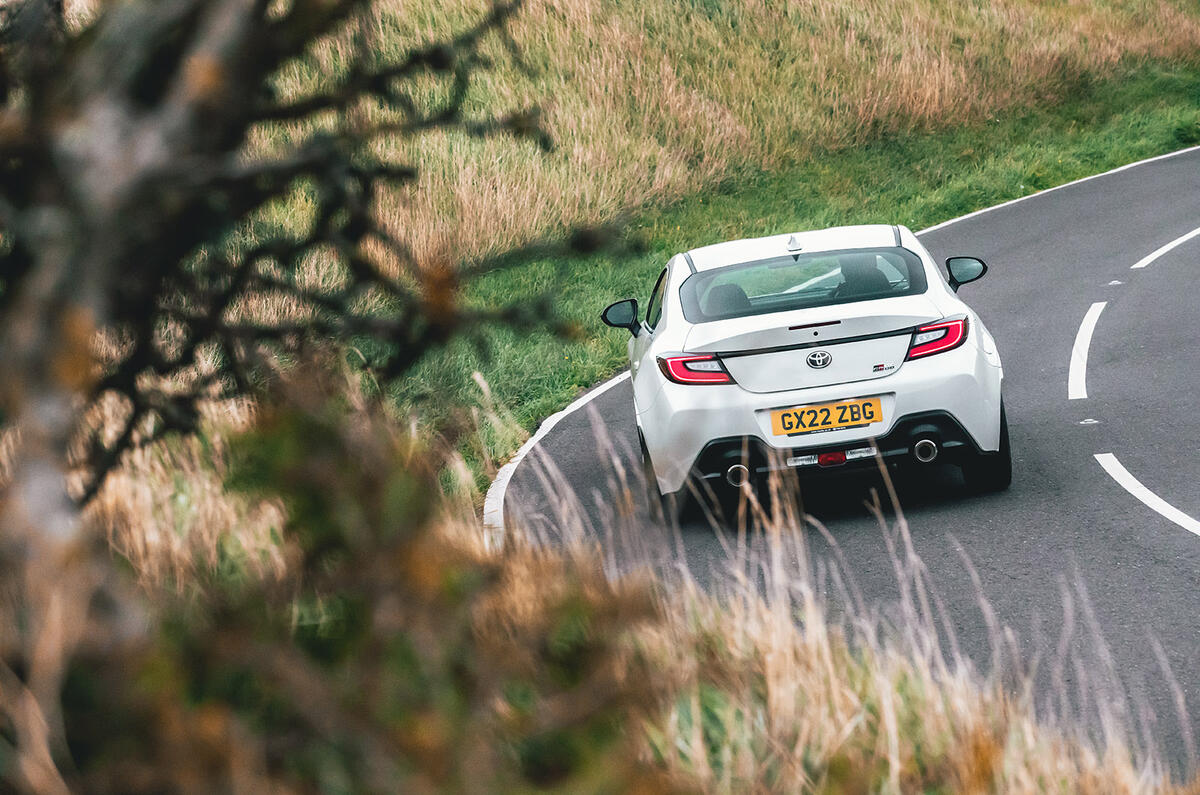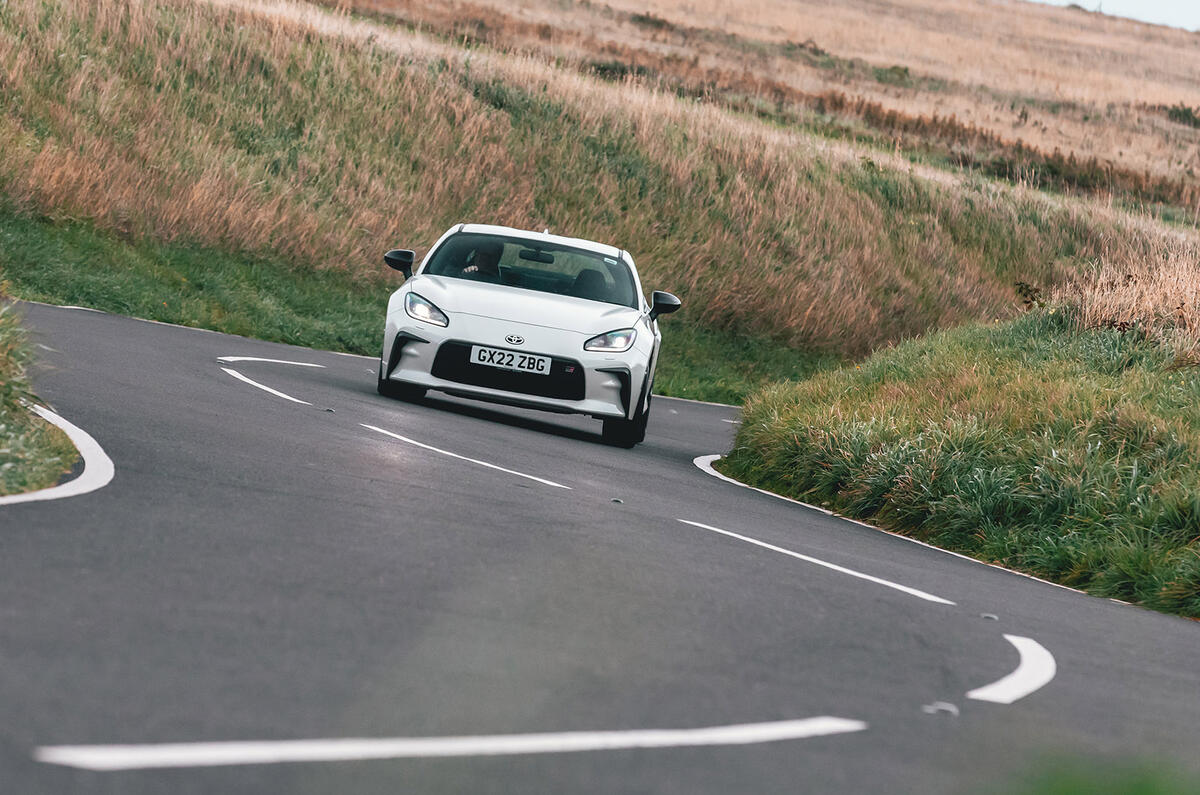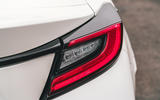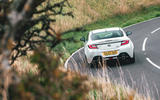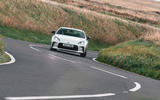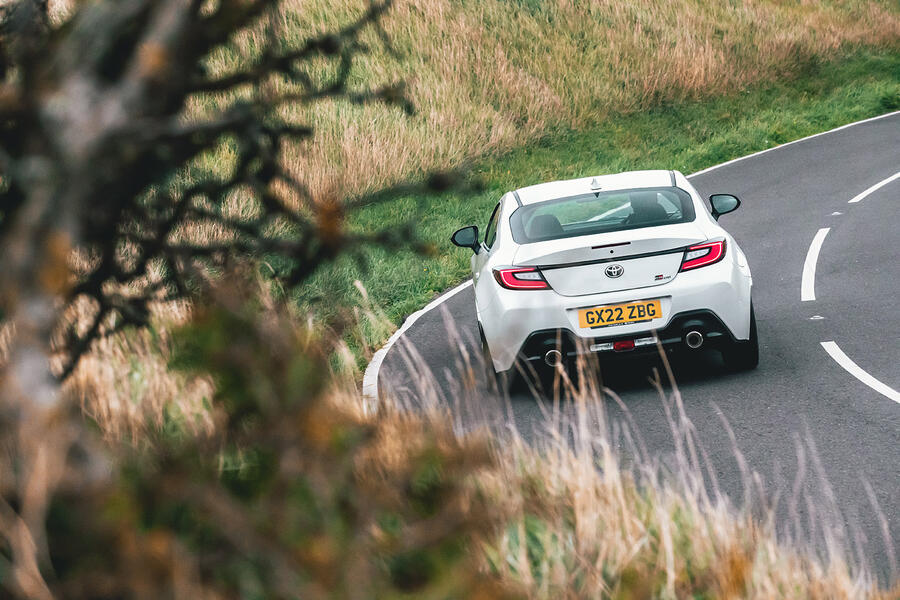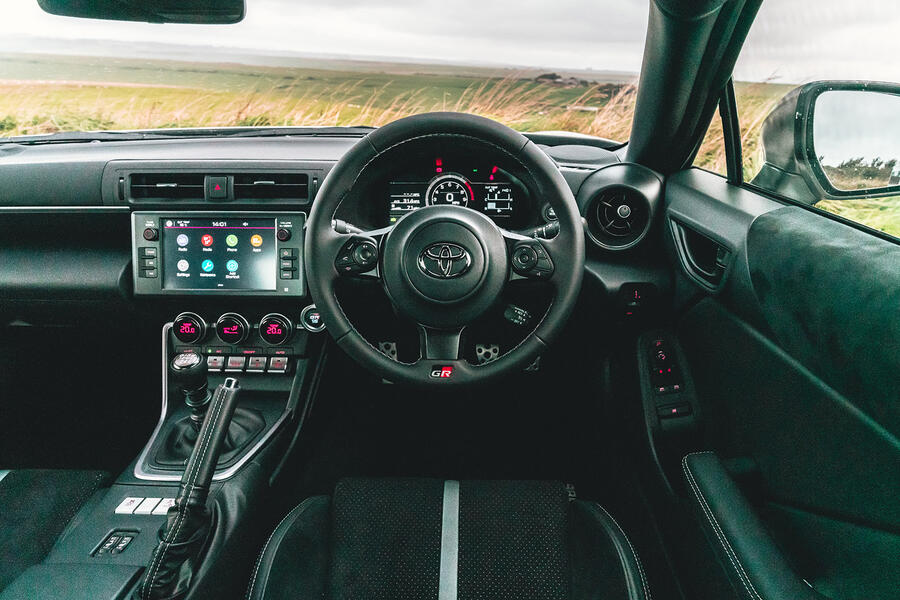What you’re about to read is almost certainly the most superfluous drive verdict that Autocar will publish this year, because the sports-car-buying public of Britain has long since made its mind up about the Toyota GR86.
In 2022, as it turns out, a new rear-driven coupé with a particular reputation for driver appeal sells out faster than the town’s best artisanal bakery on Saturday morning.
We can point to the frenzied enthusiasm of early first-drive reports on this car (one of which was written by yours truly; sorry not sorry) to at least partly explain why two years worth of allocation for this car sold out in just 90 minutes. But the pervading narrative that has surrounded all discussion of the GR86 since even before those reports landed – that, in a context in which fewer and fewer cars of its ilk are even being considered, surely this has to be one of the very last combustion-engined, affordable sports cars that Europe will ever see – must be the biggest factor of all.
Who would believe, then, that the reason this car will only survive on sale anywhere in western Europe until July 2024 has nothing whatsoever to do with emissions? Who would have dared suggest, on the back of the glittering praise of those reports 10 months ago, that it might be anything other than phenomenal to drive on UK roads?
